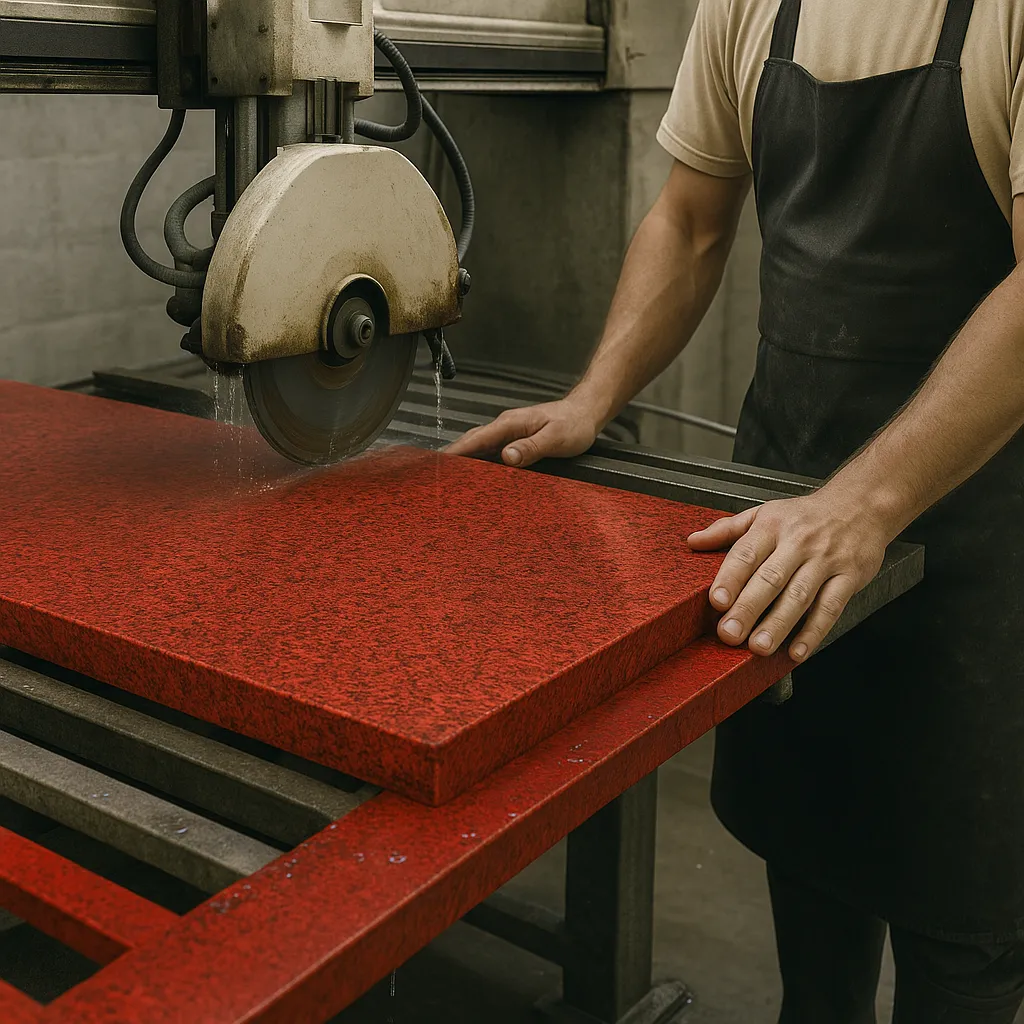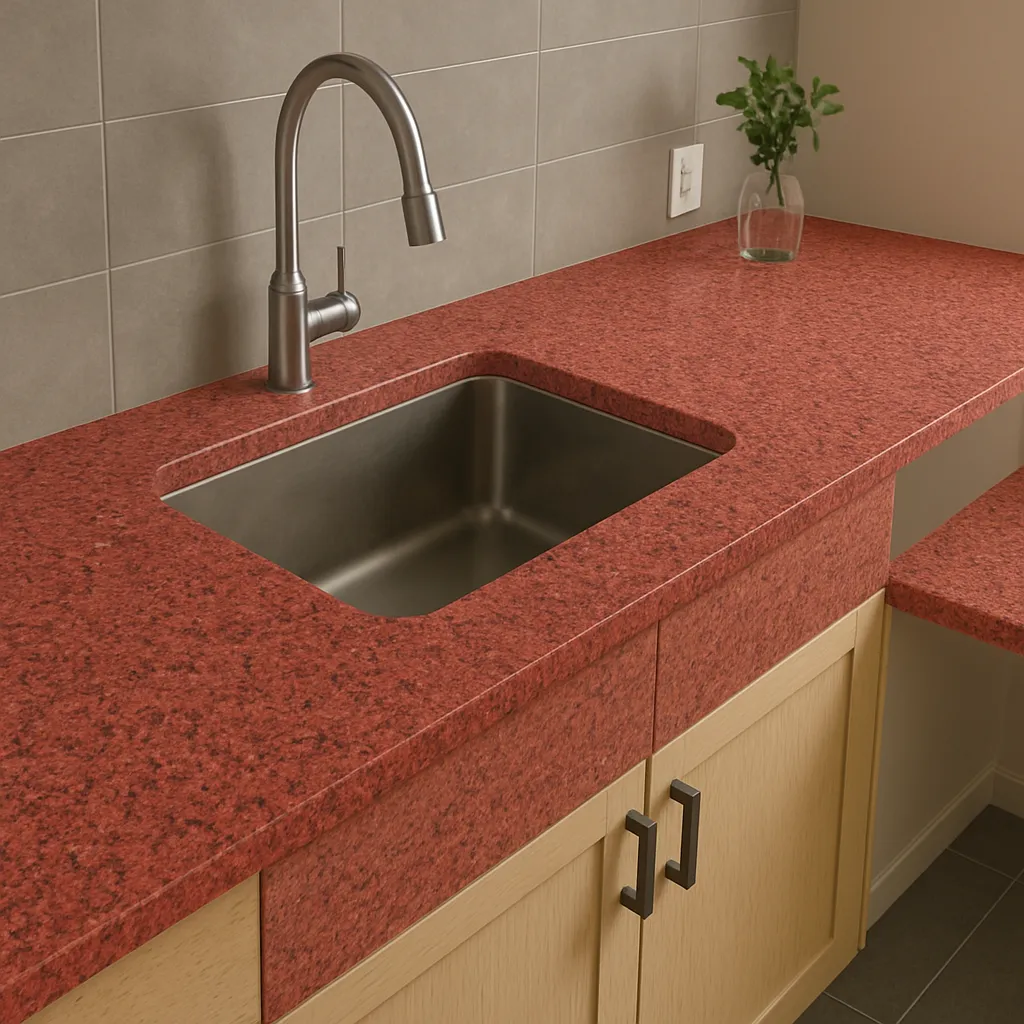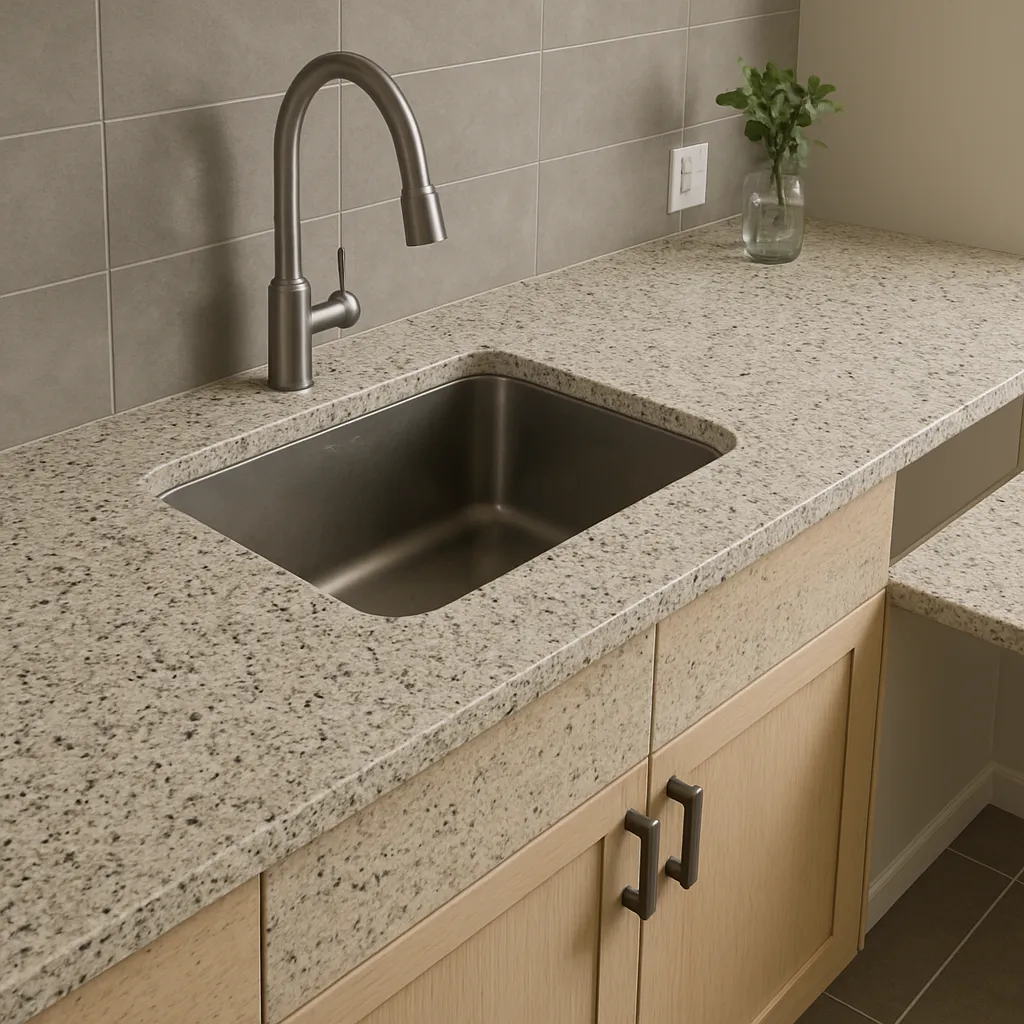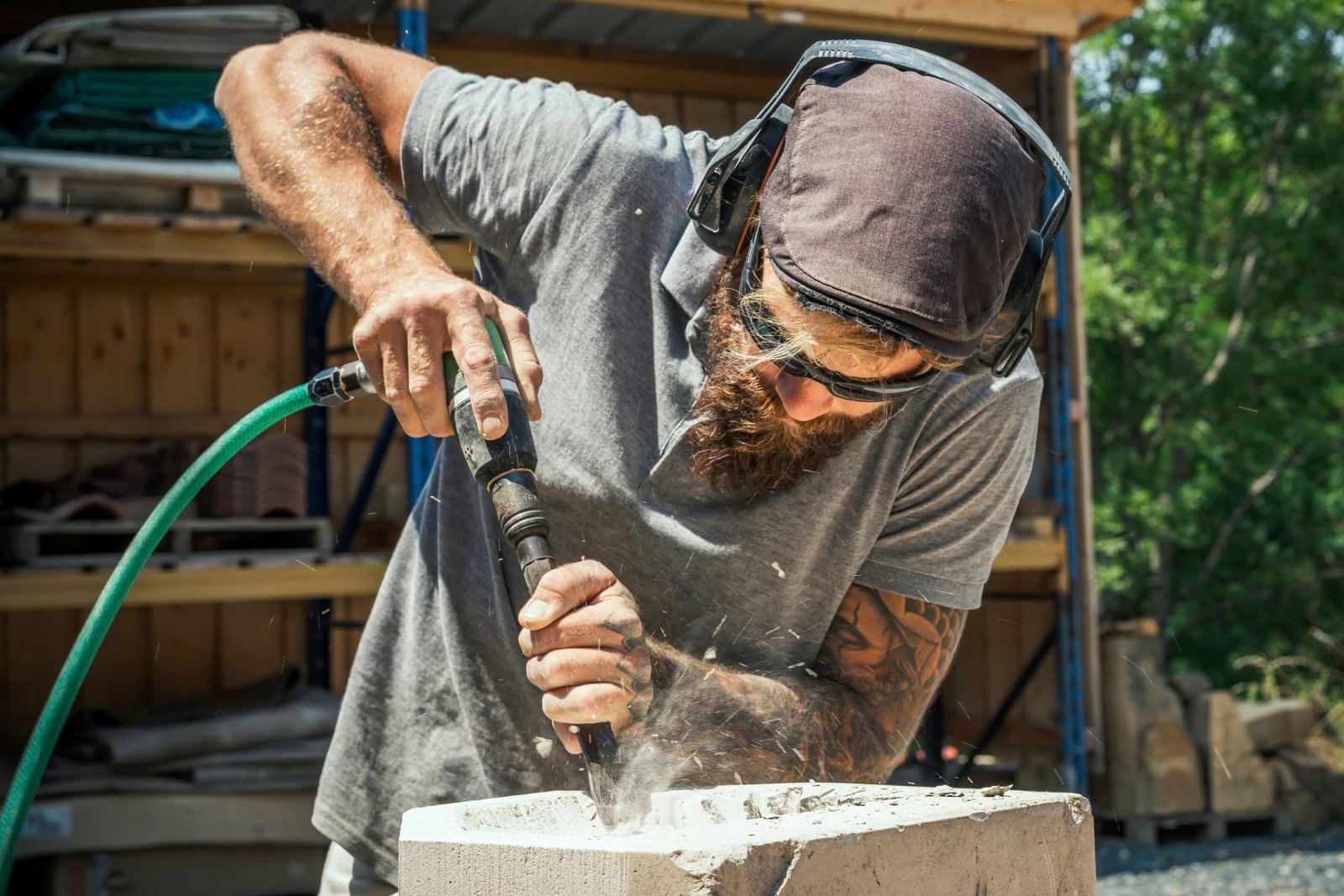
Granite countertops is one of the most luxurious and durable additions you can make to your home. Known for its natural beauty, resistance to heat
Granite countertops is one of the most luxurious and durable additions you can make to your home. Known for its natural beauty, resistance to heat and scratches, and wide range of colors and patterns, granite has become a top choice for kitchen countertop and bathroom designs alike. But have you ever wondered how these elegant surfaces come to life?
This article explores the complete granite countertop fabrication process—from quarrying raw stone to the final installation in your home. Whether you’re a homeowner, designer, or contractor, understanding this journey provides deeper appreciation for the craftsmanship involved.

What Is a Granite Countertop?
Before diving into the fabrication steps, it’s helpful to understand what a granite countertop truly is.
Granite is an igneous rock formed deep beneath the Earth’s surface through the slow cooling of molten magma. Composed mainly of quartz, feldspar, and mica, granite is prized for its durability, intricate veining, and color variations.
👉 What Is a Granite Countertop?

Step-by-Step: How Are Granite Countertops Made?
1. Quarrying the Granite
The first step in creating a granite countertop begins at the quarry. Here, large blocks of natural stone are extracted using:
- Wire saws
- Diamond-tipped drills
- Controlled blasting
These blocks can weigh several tons and are transported to processing facilities where they’ll be turned into granite slabs.
2. Cutting the Slabs
At the factory, the granite blocks are sliced into slabs using a gang saw or multi-wire saw. These machines use diamond-coated wires or blades to achieve precise, uniform cuts. Slabs typically come in 2cm or 3cm thicknesses, depending on design preferences.
Each slab is inspected for flaws, cracks, and consistency, ensuring high quality before moving to the next stage.
3. Polishing the Granite
Once the slabs are cut, they’re polished to enhance their color and surface smoothness. Polishing machines use abrasive pads with varying grit levels to bring out a glossy, honed, or leathered finish.
👉 What Are Honed Granite Countertops?
- Polished finish: High shine, reflective
- Honed finish: Matte, soft, and natural
- Leathered finish: Textured, slightly rustic
The chosen finish plays a huge role in granite countertop design, affecting both aesthetics and maintenance.
4. Slab Inspection and Inventory
After polishing, each slab is cataloged based on:
- Color group
- Veining patterns
- Dimensions
- Origin
Homeowners and designers can then view and select specific slabs for their projects—often choosing multiple matching slabs for large installations.
5. Templating the Countertop
Once the slab is chosen, the fabricator visits the installation site to create a template. This is a physical or digital model that accounts for:
- Cabinet dimensions
- Sink cutouts
- Faucet holes
- Appliance locations
- Backsplash measurements
Laser templating is commonly used today, providing precision for complex layouts and ensuring a perfect fit during countertop installation.
6. Slab Layout and Customization
Back at the fabrication facility, the template is used to mark the slab for:
- Cutouts (sink, stove, outlets)
- Edge profiles (e.g., eased, bullnose, ogee)
- Seam placement (to minimize visibility)
Fabricators consider how to showcase the granite countertop colors and veining for visual impact.
7. Precision Cutting and Shaping
Using CNC (Computer Numerical Control) machines, water jets, or bridge saws, fabricators cut the granite slab according to the template. This step also includes shaping the edges, polishing them, and reinforcing fragile sections like sink areas.
8. Edge Finishing and Polish
The edge style is polished or shaped based on the customer’s design preference. Common edge profiles include:
- Eased (clean and simple)
- Bullnose (rounded)
- Ogee (elegant and decorative)
- Beveled (angled for a modern look)
Edges play a vital role in granite countertop design, blending safety with visual appeal.
9. Sealing the Granite
Before delivery, the slab is sealed to protect against moisture and stains. Granite is a porous material, so sealing ensures longevity and stain resistance.
Most sealing products last 1–2 years with regular use. Some engineered or composite granite products are non-porous and do not require sealing.
👉 What Is a Composite Granite Countertop?
10. Delivery and Countertop Installation
Finally, the fabricated slab is carefully transported to the home or business for installation. During this step:
- Cabinets are leveled
- Slabs are dry-fitted and adjusted
- Joints are sealed and epoxied
- Final polishing and cleanup are performed
Professional installers ensure the granite countertop is installed securely and seamlessly.
Granite Countertop Design and Color Options
Granite offers unmatched versatility in style, from subtle whites and creams to dramatic blacks and exotic blues.
Popular Granite Colors:
- White Ice – Clean and bright with gray veining
- Black Galaxy – Jet black with golden specks
- Tan Brown – Warm, earthy tones with flecks
- Blue Bahia – Exotic blue-gray stone with white swirls
Choosing the right color depends on cabinet style, flooring, backsplash, and lighting preferences.
Granite Countertop Prices
Granite countertop prices can vary widely depending on:
- Stone origin and rarity
- Thickness and finish
- Fabrication complexity
- Installation scope
Average Price Range:
- Entry-level granite: $40–$60/sq. ft.
- Mid-tier granite: $60–$100/sq. ft.
- Premium granite: $100–$200+/sq. ft.
Installation, edge detailing, cutouts, and sealing can affect final costs.
Granite Countertop Maintenance
While granite is strong, it still requires care to preserve its appearance.
Maintenance Tips:
- Clean with pH-neutral stone cleaner
- Avoid acidic or abrasive substances
- Reseal annually (if not permanently sealed)
- Use trivets and cutting boards to prevent damage
- Wipe spills quickly to avoid staining
With proper granite countertop cleaning and maintenance, your surface can last decades without granite countertop repair.
Final Thoughts
The journey of a granite countertop from quarry to kitchen is a meticulous blend of nature and craftsmanship. From raw stone to a refined surface, fabrication involves advanced technology, precise measurements, and design artistry. Whether you prefer polished perfection or matte sophistication, understanding the process empowers you to choose the right material and finish for your home.
Granite remains a top-tier surface for its beauty, strength, and timeless appeal—and now you know exactly how it’s made.

